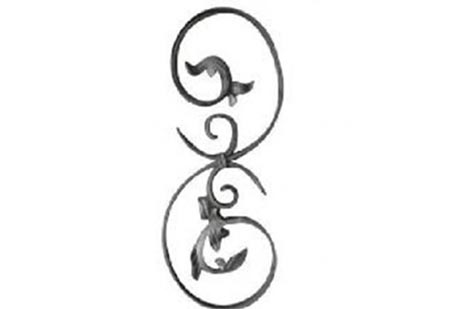How is wrought iron different from steel?
Views: 672 Update date: Mar 15,2024
Wrought iron and steel are both alloys primarily composed of iron, but they have distinct differences in composition, properties, and manufacturing processes:
Carbon Content: The main difference between wrought iron and steel lies in their carbon content.
Wrought iron typically contains less than 0.1% carbon, whereas steel usually contains between 0.2% and 2.1% carbon. The low carbon content in wrought iron makes it more ductile and malleable compared to steel.
Manufacturing Process: Wrought iron is produced through a process called puddling, which involves melting iron ore in a furnace and then stirring it to oxidize impurities like carbon and silicon. This process creates a low-carbon iron with fibrous slag inclusions. Steel, on the other hand, is typically made by combining iron with carbon and other alloying elements in a furnace using methods such as the Bessemer process or the open-hearth process.
Appearance and Texture: Wrought iron has a characteristic fibrous appearance due to its manufacturing process, which involves the presence of slag inclusions. These slag inclusions give wrought iron a grainy texture and a distinctive look. Steel, on the other hand, has a more homogeneous structure and does not contain these slag inclusions.

Properties: Wrought iron is known for its superior corrosion resistance, especially in outdoor environments. It is also highly ductile and malleable, making it easy to forge into various shapes. However, it is softer and weaker than steel. Steel, with its higher carbon content, typically has greater hardness, strength, and toughness compared to wrought iron. This makes steel more suitable for structural applications where strength is a critical factor.
Usage: Historically, wrought iron was widely used in applications such as decorative ironwork, fencing, and hardware. However, its usage has declined significantly with the widespread availability of steel. Steel is now the dominant material used in construction, manufacturing, and various other industries due to its superior mechanical properties and versatility.
In summary, while both wrought iron and steel are primarily composed of iron, they differ significantly in terms of carbon content, manufacturing process, appearance, properties, and usage.
Prev News: Can wrought iron rust?
Next News: Is wrought iron better than mild steel?
